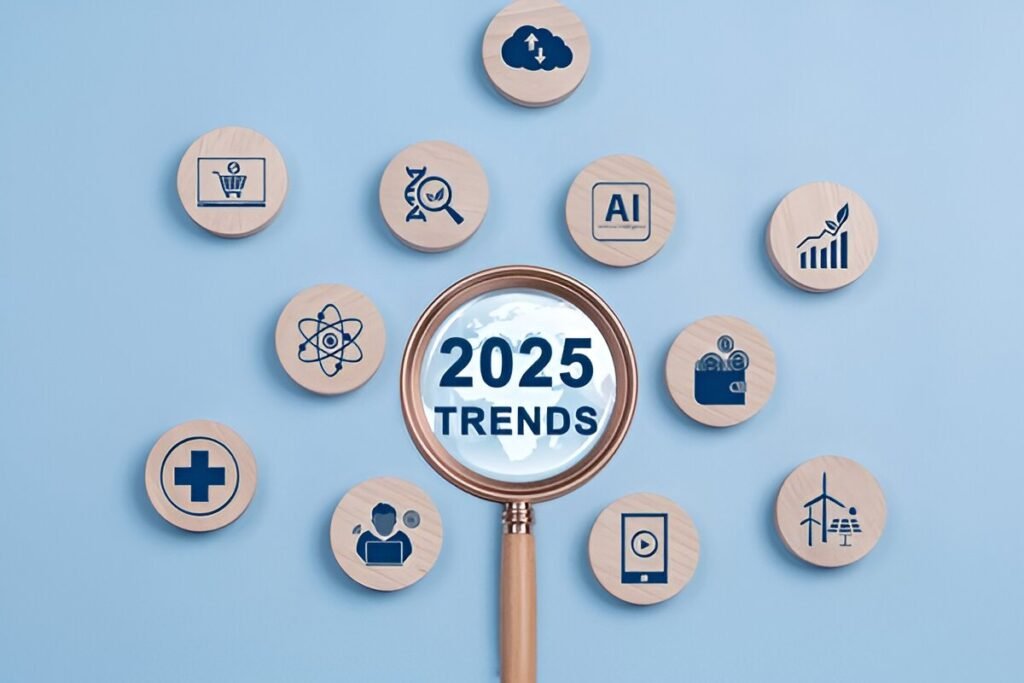The global marketplace is ever-evolving, and the competition is getting fiercer. The race to provide quality goods to consumers at an incredible price is the ultimate goal. That is where sourcing products from China has become a fundamental strategy for businesses seeking competitive advantages and satisfying customer demands. However, effectively managing the procurement process when sourcing from China requires a comprehensive and strategic approach. From building strong relationships with suppliers to aligning objectives, implementing quality control measures, leveraging technology, and continuously improving practices, mastering procurement management is crucial for successful sourcing.
In this blog, we will delve into the intricacies of procurement management and explore key strategies and best practices to master the art of sourcing from China while maintaining strong supplier relationships.
Building Relationships with Trusted Suppliers:
Building solid relationships with suppliers is a critical component of successful procurement management. Trusted suppliers act as reliable partners, ensuring the timely delivery of quality products. When sourcing from China, it is crucial to conduct thorough supplier research and evaluation. Look for suppliers who align with your quality standards, possess the necessary manufacturing capabilities, and demonstrate financial stability. This is very important as a good supplier can save you time and provide you with quality goods with less hassle (or alternatively you can hire trusted sourcing agents like Larkser that has helped companies source many great products from China)

Once potential suppliers are identified, engage in ongoing communication and relationship building. Regular updates on production progress and performance feedback create a collaborative environment and strengthen the partnership. Consider visiting your suppliers in person whenever possible to develop a deeper understanding of their operations, build trust, and establish a strong rapport.
Aligning Objectives for Successful Procurement:
To ensure a seamless procurement process, it is crucial to establish clear objectives that align with your overall business strategy. This includes defining product specifications, pricing strategies, volume requirements, and lead time expectations. By clearly communicating your expectations, you enable suppliers to understand and meet your specific requirements. A collaborative approach in aligning objectives with suppliers fosters transparency, ensures shared understanding and minimizes potential misunderstandings.
Effective Communication for Smooth Operations:
Effective communication plays a pivotal role in procurement management. Open and transparent communication channels with your suppliers are crucial for conveying expectations, resolving issues, and maintaining strong relationships.
Consider the following strategies to facilitate seamless communication with your suppliers:
- Regular Updates: Maintain regular contact with your suppliers to receive updates on production progress, address any concerns, and ensure alignment with agreed-upon timelines.
- Efficient Communication Platforms: Utilize effective communication platforms such as email, phone, or video conferencing to ensure clear and timely information exchange. These platforms help bridge the geographical distance and facilitate smooth communication.
- Language Support: Overcome language barriers by employing translators or utilizing suppliers proficient in English. This ensures that communication is clear and eliminates misunderstandings that may arise due to language differences.

Effective communication also involves active listening and addressing supplier concerns or suggestions, promoting a sense of partnership and mutual respect. By doing this you’ll get experienced tips for your procurement from a supplier who has been in the industry for a longer time plus a second opinion. Furthermore, the sense of partnership and mutual respect will earn you your desired deal at the best price.
Implementing Quality Control Measures:
Maintaining product quality is paramount in procurement management. Implementing robust quality control measures ensures that you receive products that meet your specifications and quality standards. Requesting product samples for evaluation and conducting thorough inspections before placing bulk orders help verify product quality. Collaborating with suppliers to establish quality control processes, such as conducting pre-shipment reviews or setting up a mutually agreed-upon quality assurance system, ensures consistent quality.
You can also engage reputable third-party inspection agencies to conduct independent quality assessments. These agencies provide objective reports on product quality and compliance, giving you confidence in the products you are sourcing.
Leveraging Technology for Efficiency:
Embracing technology and automation tools can streamline procurement processes, enhance efficiency, and drive success. Implement supplier relationship management (SRM) systems to centralize supplier information, track performance, and manage contracts. SRM systems provide a comprehensive view of supplier activities, including order history, delivery performance, and quality metrics, enabling effective supplier evaluation and selection. Procurement software automates routine tasks such as purchase order generation, invoice processing, and supplier performance tracking, reducing manual errors and saving time. Additionally, data analytics provides valuable insights into supplier performance, pricing trends, and demand patterns, enabling data-driven decision-making and strategic sourcing.
Continuous Improvement through Supplier Collaboration:
Procurement management is an ongoing process of continuous improvement. Collaborating with suppliers is essential for optimizing procurement practices. Foster open and collaborative relationships where feedback and ideas are exchanged freely. Supplier input can contribute to identifying cost-saving opportunities, process improvements, and innovative solutions. Engage in regular supplier meetings or joint improvement initiatives to explore ways to enhance efficiency, reduce costs, improve product quality, and identify potential risks.
Risk Management and Mitigation:
Effective procurement management includes robust risk management and mitigation strategies. Identify potential risks such as supply chain disruptions, geopolitical factors, quality issues, or regulation changes. Develop contingency plans to address these risks, such as establishing alternative sourcing options or maintaining safety stock. Regularly assess and monitor supplier performance to identify any warning signs of potential risks. By being proactive and prepared, you can minimize the impact of unforeseen events and maintain a resilient procurement process.
Conclusion:
Mastering procurement management is crucial for successful sourcing from China. By building strong supplier relationships, aligning objectives, maintaining open communication, implementing quality control measures, leveraging technology, and fostering continuous improvement through supplier collaboration, businesses can optimize their procurement processes and achieve desirable outcomes when sourcing from China. While it may seem pretty straight forward but procurement can sometimes be cumbersome and offer difficulties. Alternatively, Partnering with a trusted sourcing company like Larkser can provide valuable expertise and support, ensuring a smooth and efficient sourcing experience. With our well-executed procurement strategy and strong supplier relationships, businesses can unlock the full potential of sourcing from China and position themselves for success in today’s global marketplace.
 WhatsApp & WeChat: +86 18923760273
WhatsApp & WeChat: +86 18923760273


